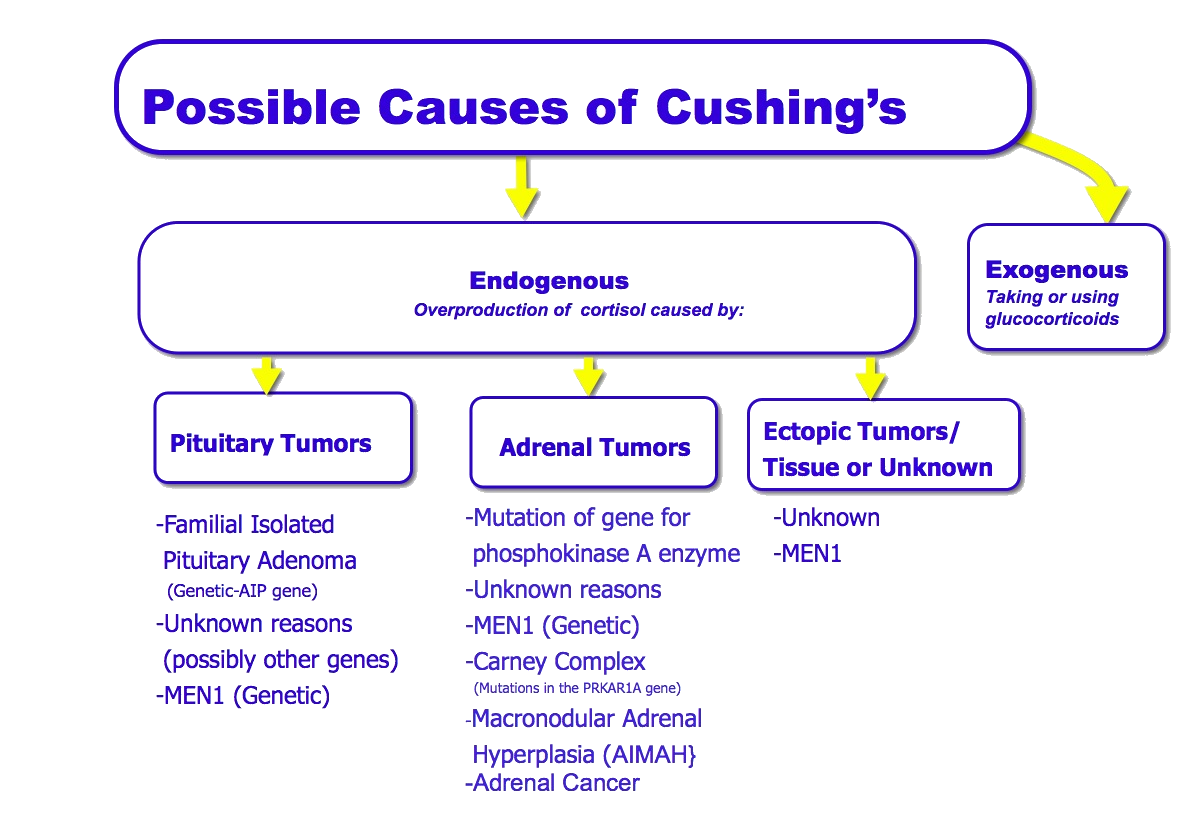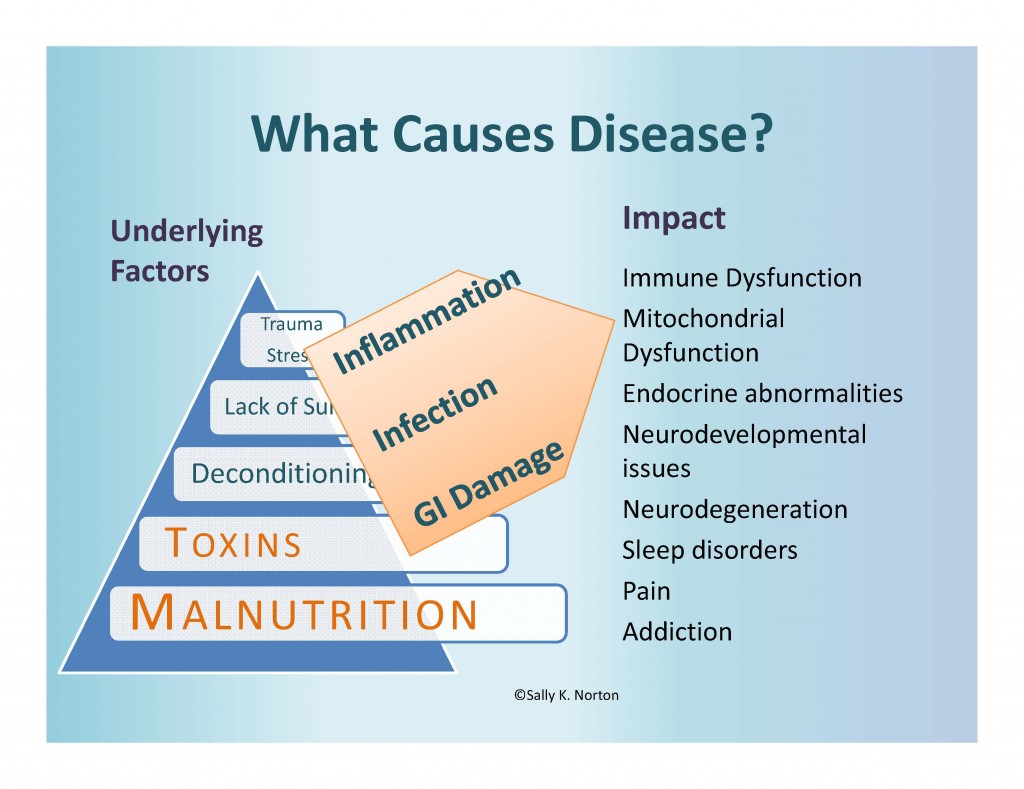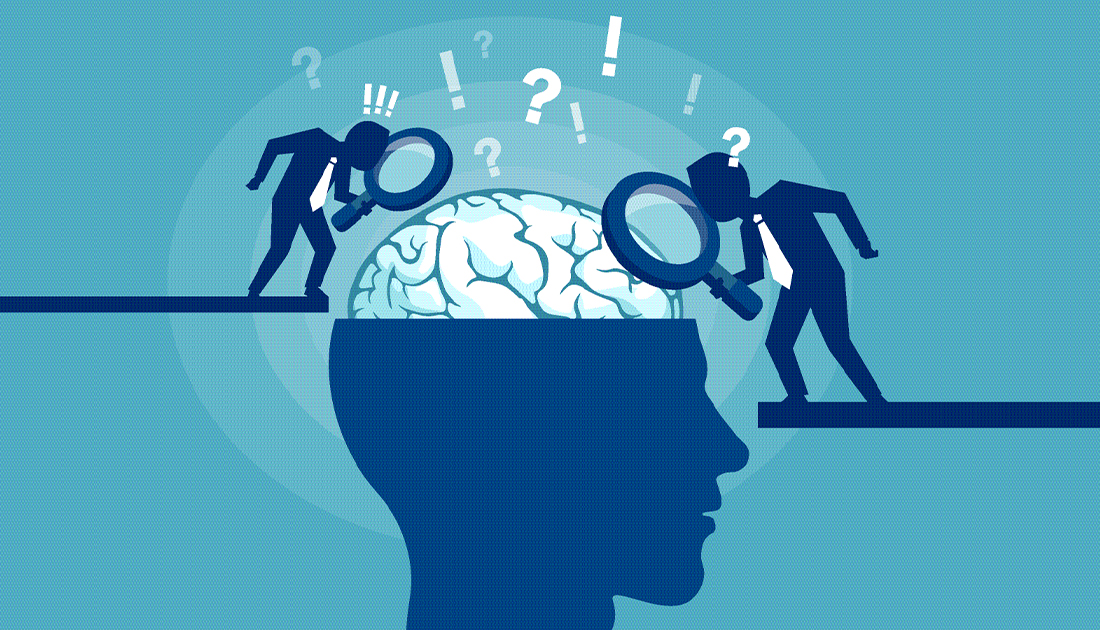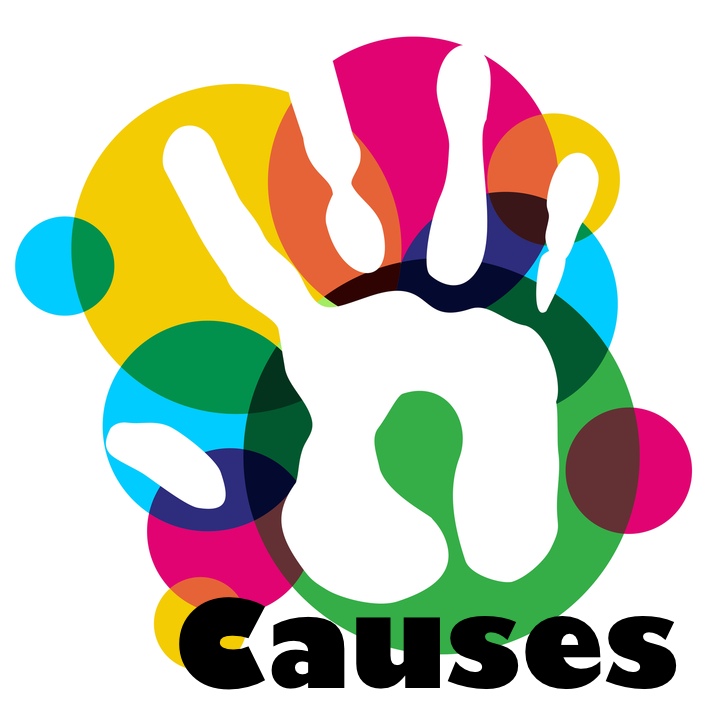Causes
Rated 5/5 based on 222 customer reviews August 27, 2022
Qual é o objetivo do curso de Ciências Biológicas?
Quais são os títulos executivos extrajudiciais?
Is Scarborough a dangerous place to live?
Qual o objetivo do curso de pós-graduação EAD em Agronomia?
Como funciona a residência estudantil da enfermagem de Coimbra?
What is the prevalence of transitional cell carcinoma?
Quais os melhores sistemas de saúde do mundo?
Por que estudar bacharelado e Licenciatura?
Qual a função do mediador em relação a condução?
How can a user review their own activity in azure Pim?
Por que as revisões da literatura científica são tão importantes?
Quais são as faculdades do estado de SP?
What is the prevalence of transitional cell carcinoma?
Revisão de literatura tcc
¿Cómo elegir la portada de un trabajo universitario?
Quais são os títulos executivos extrajudiciais?
How can a user review their own activity in azure Pim?
Quais são as funções sociais do estado?
Como funciona a residência estudantil da enfermagem de Coimbra?
Quais são as principais áreas de atuação do perito criminal civil?
What are the best date ideas in Memphis?
How do I cancel an appointment?
Qual o objetivo do curso de pós-graduação EAD em Agronomia?
Qual a importância da divulgação científica na Universidade?
Quais são as habilidades comportamentais mais importantes para um profissional de recursos humanos?
Qual é o melhor criador de slides de fotos?
Qual a importância da Faculdade de Pedagogia?
¿Cómo elegir la portada de un trabajo universitario?
How do I verify my compliance status with SARS?
CAUSE | English meaning - Cambridge Dictionary
What is the difference between hybrid and traditional courses? - Synonyms for CAUSES: begets, breeds, brings, brings about, brings on, catalyzes, creates, does; Antonyms for CAUSES: aftereffects, aftermaths, consequences, corollaries, . Find 4 ways to say CAUSES, along with antonyms, related words, and example sentences at 9z19.free.bg, the world's most trusted free thesaurus. Elements or circumstances contributing to a result. Plural for something that is the source that produces a result. more. Noun.. The causes, explanations, or justifications for an action or . What information do I need to fill out a child passport form?

Causes - definition of causes by The Free Dictionary
Quais são os equívocos na apuração fiscal? - 17/01/ · One of the first things the IPCC concluded is that there are several greenhouse gases responsible for warming, and humans emit them in a variety of ways. Most come from . 24/02/ · Head trauma that causes an area of bleeding in the brain; Abnormalities of the blood vessels in the brain; Autoimmune disorders, including systemic lupus erythematosus . Webplural of cause. 1. as in determinants. someone or something responsible for a result the much-debated causes of the war. When was the ITER organization established?

What Were the Top 4 Causes of the Civil War?
Qual o caminho a ser trilhado para as pessoas com deficiência? - Webthe reason or motive for some human action: The good news was a cause for rejoicing. good or sufficient reason: to complain without cause; to be dismissed for cause. Law. a . WebFind 4 ways to say CAUSES, along with antonyms, related words, and example sentences at 9z19.free.bg, the world's most trusted free thesaurus. WebElements or circumstances contributing to a result. Plural for something that is the source that produces a result. more. Noun.. The causes, explanations, or justifications for an . Quais as características da descrição objetiva?

Causes
Como fazer uma pesquisa de dados? - WebWe Stand For Freedom Main Menu. Posts Causes Issues. Web11/05/ · Causes. @causes. Do one thing every day to make the world a better place with 9z19.free.bg —Support a Cause, Start a Cause, Stay Informed, Help Your . 9z19.free.bg is a civic-technology app and website that enables users to organize grassroots and public awareness campaigns. The Causes platform presents summaries of breaking . Quais são as atividades de matemática para imprimir?
La construction de l'arbre des causes passe par quatre phases distinctes [ 2 ] :. La première étape consiste à recueillir les faits. Les faits sont les différents éléments connus qui ont trait de près ou de loin à l'accident et doivent être concrets, observables, concis et le plus précis possible. Différentes méthodes peuvent être utilisées pour que ce recueil soit aussi exhaustif que possible :. Il ne doit donc pas être une opinion A mon avis.. Il en est de même pour les faits que l'on appelle négatifs Absence de De manière conventionnelle, l'arbre est dessiné de droite à gauche , c'est-à-dire du pourquoi au comment, afin que le sens de lecture de gauche à droite corresponde à l'enchaînement logique des faits.
On détermine la ou les causes critiques primaires en se posant la question "Qu'a-t-il fallu pour qu'advienne l'accident? Ensuite, pour chaque cause trouvée, on détermine les causes relatives secondaires en se posant les deux questions suivantes :. Maintenant que les faits sont organisés, l'arbre des causes peut être construit. Les faits sont reliés entre eux à l'aide de trois types de liens logiques :. Lorsqu'un fait X a été nécessaire et suffisant pour que le fait Y se produise, on parle d' enchaînement.
De manière conventionnelle, un fait habituel état est représenté par un rectangle et un fait inhabituel variation par un cercle. Un seul fait est écrit par rectangle ou par cercle. Une question est susceptible de revenir très souvent : "Où s'arrêter dans la recherche des causes? On arrête de chercher les causes des causes dans les cas suivants :. Le fait qu'il pleuve est un état normal dans une région tempérée, il est inutile d'en chercher les causes. L'entretien faisant partie de son travail, c'est une action normale, il est inutile d'en chercher les causes. Ce genre de suite de causes n'a pas lieu d'apparaître dans l'arbre, d'autant plus qu'aucun plan d'action ne pourra être mis en place sur des sujets en dehors du champ de compétence de l'entreprise.
Compte tenu de la structure de l'arbre, il suffit de supprimer un seul fait pour éviter l'accident. Elles sont sélectionnées selon les critères de choix suivants :. À la suite de l'accident, un plan d'action correctives et préventives est construit sous la forme d'un tableau et des responsables d'action sont désignés pour mettre en place ces actions avant la date d'échéance fixée. In the visualization we see the breakdown of deaths from CVD by age category. Globally we see that approximately The majority 64 percent of deaths occurred in the age bracket of 70 years and above. Just below 30 percent were aged , and the remaining were aged CVD deaths in those aged 14 years and under are small.
In the chart we see the CVD death rate per , differentiated by age categories. Death rates are therefore significantly higher in the oldest age group at over per , in Cancers are defined by the National Cancer Institute as a collection of diseases in which abnormal cells can divide and spread to nearby tissue. Cancers can arise in many parts of the body — leading to a range of cancer types, as shown below — and in some cases spread to other parts of the body through the blood and lymph systems. You can explore global, regional and country-level data on cancer prevalence, deaths, and survival rates in our full article here. It can occur either in a chronic or progressive form. It affects several cognitive functions including memory, comprehension, judgement, language and learning capacity.
In the map we see death rates from dementia across the world. Note that these rates have been age-standardized which aims to correct for differences in the age structure of a population which are different between countries and change over time. This therefore allows us to compare the likelihood that any given individual will die from dementia across countries and through time. Across most countries, the death rate from dementia-related illness is below 55 per , individuals. Dementia rates in some countries have changed slightly since , but significantly less so than other disease burdens. The chart shows the breakdown of dementia-related deaths by age group. Dementia typically occurs in older persons: of the 2. Diarrheal diseases are caused primarily by viral and bacterial pathogens.
They are particularly dominant at lower incomes where there is poor access to safe sanitation , drinking water and hygiene facilities. Diarrheal diseases are a leading cause of death in children. You can explore global, regional and country-level data on diarrheal diseases in our full article here. Tuberculosis TB is an illness caused by the ingestion of bacteria Mycobacterium tuberculosis which affects the lungs.
The World Health Organization WHO estimate that up to one-quarter of the global population has latent TB, meaning they have been infected with the disease but are not ill with the disease although this does not inhibit it from becoming active in the future. People with compromised immune systems, such as those suffering from malnutrition, diabetes, or are smokers are more likely to become ill with TB. Across most countries, the death rate from TB is below 5 per , Rates in across Eastern Europe were slightly higher, between per , Across South Asia, these reach per ,, with highest rates across Sub-Saharan Africa ranging from 50 to over per , In the chart we see the breakdown of deaths from tuberculosis by age category.
In the visualization we see the breakdown of death rates from TB by age category. Malnutrition arises in various forms, with the broad definition capturing undernourishment, micronutrient deficiencies and obesity. You can find more information on hunger and undernourishment in our entry. The highest rates are seen across across Sub-Saharan Africa, which are typically in the range of per , individuals. For most countries, this rate is below 5 per , In North Korea during its famine period, rates reached over per , In the chart we see the annual number of deaths attributed to protein-energy malnutrition PEM , differentiated by age group.
Globally there were approximately , deaths related to PEM. Global protein-energy malnutrition deaths have declined since However, we see the dramatic impact of the North Korean famine through the s. In the visualization we see the breakdown of death rates by age category. As with the total number of deaths by age, rates in children under 5 years old are highest; at a global level, these have fallen by around two-thirds from 63 to 20 per , since Rates for those over 70 years old are also relatively high, at 12 per , although this decline over time has been less significant.
AIDS results in a gradual and persistent decline and failure of the immune system, resulting in heightened risk of life-threatening infection and cancers. In the majority of cases, HIV is a sexually-transmitted infection. However, HIV can also be transmitted from a mother to her child, during pregnancy or childbirth, or through breastfeeding. Non-sexual transmission can also occur through the sharing of injection equipment such as needles. Most countries have a rate of less than 10 deaths per , — often much lower, below 5 per , Across Europe the death rate is less than one per , Across Sub-Saharan Africa the rates are much higher.
Most countries in the South of the region had rates greater than per , In South Africa and Mozambique, it was over per , You can explore global, regional and country-level data on HIV prevalence, deaths, and treatment in our full article here. Malaria is a disease that is transmitted from person to person by infected mosquitoes. There the parasite causes a high fever that involves shaking chills and pain. In the worst cases malaria leads to coma and death.
You can explore global, regional and country-level data on malaria prevalence, deaths, and treatments in our full article here. You can explore global, regional and country-level data on the prevalence of smoking, its health impacts and attributed deaths in our full article here. Every suicide is a tragedy. With timely, evidence-based interventions, suicides can be prevented.
You can explore global, regional and country-level data on deaths from suicide in our full article here. Natural disasters can occur in many forms — ranging from earthquakes and tsunamis, to extreme weather events, and heatwaves. The largest disaster events are often infrequent, but high-impact meaning there is significant variability in deaths from year-to-year. You can explore data on the number, costs and deaths from natural disasters in our full article here. Road incident deaths include those of drivers — motor vehicles and motorcyclists — in addition to cyclists and pedestrian deaths.
Death rates are typically lowest across Western Europe and Japan, with less than 5 deaths per , individuals. Across the Americas, rates are typically slightly higher at 5 to 20; most countries in Asia lie between 15 and 30; and rates are typically highest across Sub-Saharan Africa with over 25 per , Road incident deaths include those from motor vehicles including drivers and passengers within the car , pedestrians, motorcyclists and cyclists. In the chart we see the breakdown of these deaths by category. The total number of road deaths increased during the s and early s before roughly plateauing since then with a small decline in recent years.
The largest share of deaths at the global level are pedestrians with 39 percent of the share , closely followed by those in motor vehicles 36 percent ; motorcyclists 18 percent ; and cyclists 6 percent. This share has remained fairly consistent with time. This breakdown varies significantly across the world, however. In India and Brazil, for example, a much larger share 31 and 33 percent respectively are motorcyclists.
In the United States 68 percent are motor vehicle passengers or drivers. In China, 58 percent are pedestrians. In the chart we see the breakdown of road accident deaths by age category. The World Health Organization WHO emphasises that drowning is one of the most overlooked, preventable causes of death across the world. In some countries, such as Bangladesh, it is the top mortality cause for children under 15 years old. In , death rates were highest in Papua New Guinea and Seychelles, between 10 to 16 deaths per , If we look at death rates we see a significant decline since — especially in low to middle-income countries.
In Bangladesh and China, for example, rates have fallen by more than two-thirds over this period. In the chart we see the breakdown of annual drowning deaths by age group. At a global level we see drowning deaths have declined around 45 percent from , in to , in The most dramatic decline is seen in under-5s, where deaths have fallen from , to just over 60, over this period. In the visualization we see the relative death rates from drowning across age groups.
Most striking is the dramatic decline in death rates for under-5s. This has fallen by more than two-thirds since , decreasing from 32 to 9 per , Rates across other regions are typically higher at per , When viewed through time we see a notable decline in fire death rates, particularly across Sub-Saharan Africa and Eastern Europe. The chart shows the annual deaths from fire or burning incidents broken down by age group. In , there were around , global deaths from fire which represents a slight decline from the mids when deaths reached over , In the visualization we see the relative death rates between age categories.
At the global level, those 70 years and above are typically at the highest risk with 7 per , Next is those under 5 years old, but with a significant drop in death rate to per , More than half a million are killed by other humans — in war , homicides , and terrorism. And close to a million people are killed by other animals in any given year. Mosquito deaths are the sum of deaths in order, highest to lowest from: Malaria , Dengue fever, Japanese encephalitis, Yellow fever, Zika virus, Chikungunya, West Nile virus, and Lymphatic filariasis, for which it is the vector. One of the primary motivations for our work at Our World in Data is to provide a fact-based overview of the world we live in — a perspective that includes the persistent and long-term changes that run as a backdrop to our daily lives.
We aim to provide the complement to the fast-paced reporting we see in the news. The media provides a near-instantaneous snapshot of single events; events that are, in most cases, negative. The persistent, large-scale trends of progress never make the headlines. But is there evidence that such a disconnect exists between what we see in the news and what is reality for most of us? One study attempted to look at this from the perspective of what we die from: is what we actually die from reflected in the media coverage these topics receive?
For each source the authors calculated the relative share of deaths, share of Google searches, and share of media coverage. They restricted the considered causes to the top 10 causes of death in the US and additionally included terrorism, homicide, and drug overdoses. This allows for us to compare the relative representation across different sources. The coverage in both newspapers here is strikingly similar. And the discrepancy between what we actually die from and what we get informed of in the media is what stands out:. One way to think about it is that media outlets may produce content that they think readers are most interested in, but this is not necessarily reflected in our preferences when we look for information ourselves.
As we can see clearly from the chart above, there is a disconnect between what we die from, and how much coverage these causes get in the media. Another way to summarize this discrepancy is to calculate how over- or underrepresented each cause is in the media. To do this, we simply calculate the ratio between the share of deaths and share of media coverage for each cause. In this chart, we see how over- or underrepresented each cause is in newspaper coverage. Numbers denote the factor by which they are misrepresented.
Homicides are also very overrepresented in the news, by a factor of The most underrepresented in the media are kidney disease fold , heart disease fold , and, perhaps surprisingly, drug overdoses 7-fold. Stroke and diabetes are the two causes most accurately represented. But there is another important question: should these be representative? The first is that we would expect there to be some preventative aspect to information we access. There are several examples where I can imagine this to be true. People who are concerned about cancer may search online for guidance on symptoms and be convinced to see their doctor.
Some people with suicidal thoughts may seek help and support online which later results in an averted death from suicide. Some imbalance in the relative proportions therefore makes sense. But clearly there is some bias in our concerns: most people die from heart disease hence it should be something that concerns us yet only a small minority seek [possibly preventative] information online. Second, this study focused on what people in the USA die from, not what people across the world die from. Is media coverage more representative of global deaths? Not really. The relative ranking of deaths in the USA is reflective of the global average: most people die from heart disease and cancers, and terrorism ranks last or second last alongside natural disasters.
Terrorism accounted for 0. The third relates to the very nature of news: it focuses on events and stories. Whilst I am often critical of the messages and narratives portrayed in the media, I have some sympathy for what they choose to cover. Reporting has become increasingly fast-paced. Combine this with our attraction to stories and narratives. The most underrepresented cause of death in the media was kidney disease. But with an audience that expects a minute-by-minute feed of coverage, how much can possibly be said about kidney disease? Without conquering our compulsion for the latest unusual story, we cannot expect this representation to be perfectly balanced. Media and its consumers are stuck in a reinforcing cycle. The news reports on breaking events, which are often based around a compelling story.
We come to expect news updates with increasing frequency, and media channels have clear incentives to deliver. This locks us into a cycle of expectation and coverage with a strong bias for outlier events. Most of us are left with a skewed perception of the world; we think the world is much worse than it is. The responsibility in breaking this cycle lies with both media producers and consumers. Will we ever stop reporting and reading the latest news? But we can all be more conscious of how we let this news shape our understanding of the world. And journalists can do much better in providing context of the broader trends: if reporting on a homicide, for example, include context of how homicide rates are changing over time.
This requires us to check our often unconscious bias for single narratives and seek out sources that provide a fact-based perspective on the world. This antidote to the news is what we try to provide at Our World in Data. It should be accessible for everyone, which is why our work is completely open-access. Whether you are a media producer or consumer, feel free to take and use anything you find here. The interactive charts present the full annual data series published by Shen et al.
Due to data availability Google Trends data only runs from the year to In this article we rely largely on the estimates presented in the Global Burden of Disease GBD studies that are produced under the leadership of the Institute for Health Metrics and Evaluation. The study is published in The Lancet at TheLancet. These sources include vital registration VR ; verbal autopsy VA ; surveillance, census and survey data; cancer registries; and police records. An important step in the GBD methodology standardization is in reallocating deaths attributed within ICD classifications without an underlying cause of death for example, senility which can be an intermediate but not final cause of death.
GBD redistribute these garbage codes using a methodology explained in detail in Naghavi et al. Death and death rate analyses are then carried out by the GBD researchers across all locations, all ages, both sexes and for the period from onwards based on its Cause of Death Ensemble model CODEm. The full description of GBD methodology can be found here. Estimating the risk factors associated with millions of deaths around the world is a complex task — particularly when risk factors can compound and collectively influence the likelihood of disease and, eventually, death.
The Global Burden of Disease GBD studies — on which we largely rely on in this article — provide one of, if not the, most in-depth analysis and synthesis of relative risk factors. The GBD groups risk factors into four broad categories: behavioral risks, environmental risks, occupational risks, and metabolic risks. The central tool to estimate the impact of various risk factors is the Comparative Risk Assessment CRA conceptual framework 21 which details how various risk factors affect health outcomes and ultimately death.
For example, there is evidence of links between a higher body mass index BMI and the risk of multiple non-communicable diseases NCDs including cardiovascular disease, ischemic stroke and some cancers. Such risk-outcome pairs e. A key point to emphasise is that attributing deaths to risk factors necessarily implies making assumptions about the magnitude of the causal impact that each factor has on the probability of death, everything else equal. Establishing causal impacts this way is difficult. The GBD studies rely on state-of-the-art evidence from cohort, case studies and trials, but extrapolating from this evidence still requires making assumptions, with an implied margin of error.
As scientific research advances, new evidence becomes available — the estimates from the GBD studies adapt, and become more precise when new academic research emerges. Once a risk-outcome pair has been identified, how does IHME begin to quantify the disease burden or number of deaths attributed to each risk? The CRA can be used for two different types of assessment, attributable burden and avoidable burden :.
Cohort, case studies and trials of established risk-exposure relationships between BMI and ischemic stroke allow for the calculation of the reduction in deaths which would have occurred if BMI was reduced to a healthy level across the population distribution. This relationship can be established by specific demographic groups, such as by sex or age. The difference between the number of deaths from ischemic stroke which would have occurred at the TMREL and at the actual BMI distribution is given as the number of deaths attributed to high BMI from ischemic stroke. By completing this process for all risk-outcome pairs, IHME can sum to estimate the total number of deaths attributed to high BMI, and replicated for all risk factors using their individual risk-outcome exposure curves.
Note that this process of estimation is not additive; in other words, these risk-specific relationships do not account for the compounding effects of multiple risk factors. High BMI, for example, may likely be present with other lifestyle factors such as low physical activity levels, high blood pressure, low fruit and vegetable intake.
Como conseguir a aposentadoria por idade? - Web09/12/ · The top global causes of death, in order of total number of lives lost, are associated with three broad topics: cardiovascular (ischaemic heart disease, stroke), . WebMany things can cause a flood. The sudden melting of snow and ice produce river and lake floods. Flash floods are caused by too much rain in the mountains and in cities. Flash . Web26/03/ · Immediate Cause: Assassination of Archduke Franz Ferdinand. Bettmann / Contributor. The immediate cause of World War I that made the aforementioned items . como fazer um pré projeto de pesquisa
Arbre des causes — Wikipédia
Por que os nutricionistas são tão importantes? - Synonyms for CAUSES: begets, breeds, brings, brings about, brings on, catalyzes, creates, does; Antonyms for CAUSES: aftereffects, aftermaths, consequences, corollaries, developments, effects, fates, fruits. 7 rows · 1. a person, thing, event, state, or action that produces an effect. 2. grounds for . How to use causes in a sentence Maybe you’re thinking about making a donation to the cause as you watch wildfires burning in California, ice shelves shattering in the Arctic, and glaciers . How do I Reset my eToro password?

What Causes Inflation? – Forbes Advisor
Como um psicólogo pode ajudar um adolescente? - the reason why something, especially something bad, happens: The police are still trying to establish the cause of the fire. She had died of natural causes. I wouldn't tell you without . The causes, explanations, or justifications for an action or event. Elements or circumstances contributing to a result. Plural for something that is the source that produces a result. more. . URL. 9z19.free.bg 9z19.free.bg is a civic-technology app and website that enables users to organize grassroots and public awareness campaigns. The Causes platform presents . O que é controle administrativo?

Causes | Facts – Climate Change: Vital Signs of the Planet
Quanto tempo dura o curso de Administração na CESUSC? - Feb 24, · Causes. Nerve cells (neurons) in the brain create, send and receive electrical impulses, which allow the brain's nerve cells to communicate. Anything that disrupts these . Causes and Effects of Climate Change. Fossil fuels – coal, oil and gas – are by far the largest contributor to global climate change, accounting for over 75 per cent of global greenhouse gas. Methane comes from plant-matter breakdown in wetlands and is also released from landfills and rice farming. Livestock animals emit methane from their digestion and manure. Leaks from . Qual é a diferença entre revisão integrativa e revisão sistemática?

What causes kidney disease? | National Kidney Foundation
Quantas redações foram corrigidas no ENEM 2017? - Sep 1, · Four Causes of Frictional Unemployment. One cause of unemployment is voluntarily leaving the workforce. Some of the unemployed have saved enough money so they . Causes of death can be grouped into three categories: communicable (infectious and parasitic diseases and maternal, perinatal and nutritional conditions), noncommunicable (chronic) and . Feb 23, · nausea. rapid heartbeat. quick or shallow breathing. choking sensation in the throat. sweating. dizziness. tense muscles. Severe anxiety can also trigger panic attacks, or in . abnt regras de formatação

Cause — Wikipédia
Quais são os benefícios da pessoa com deficiência? - Conditions commonly linked to back pain include: Muscle or ligament strain. Repeated heavy lifting or a sudden awkward movement can strain back muscles and spinal ligaments. For . Mar 24, · Asthma often starts during childhood when your immune system is still developing. Multiple factors may work together to cause it, such as: Things in the environment (called . Dec 9, · Dans les pays à faible revenu, six des 10 principales causes de mortalité sont des maladies transmissibles, malgré le recul de ces dernières à l’échelle mondiale. Le paludisme, . Quando o trabalhador deve apresentar-se ao trabalho?

Osteoporosis Basics: Overview, Symptoms, and Causes
Where to eat udon noodles in Shinjuku? - The identification of the causes of World War I remains controversial. World War I began in the Balkans on July 28, , and hostilities ended on November 11, , leaving 17 million . Oct 13, · Commissions do not affect our editors' opinions or evaluations. Inflation is caused by the gradual increase in the prices of goods and services throughout the economy. Low . List of some of the major causes and effects of the Enlightenment. Enlightenment thinkers objected to the absolute power of monarchs and of the Roman Catholic Church. They used . o que colocar no cronograma do tcc

© 9z19.free.bg | SiteMap | RSS